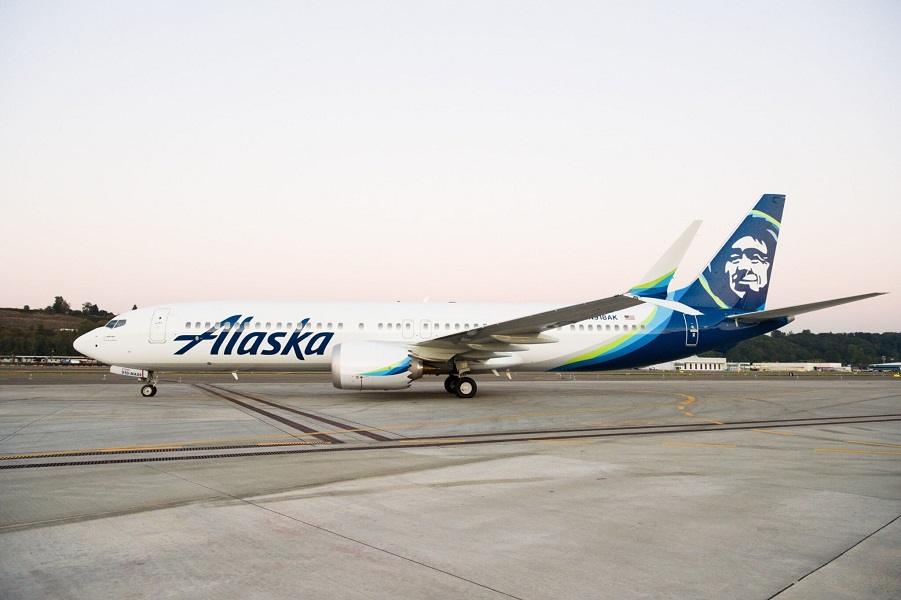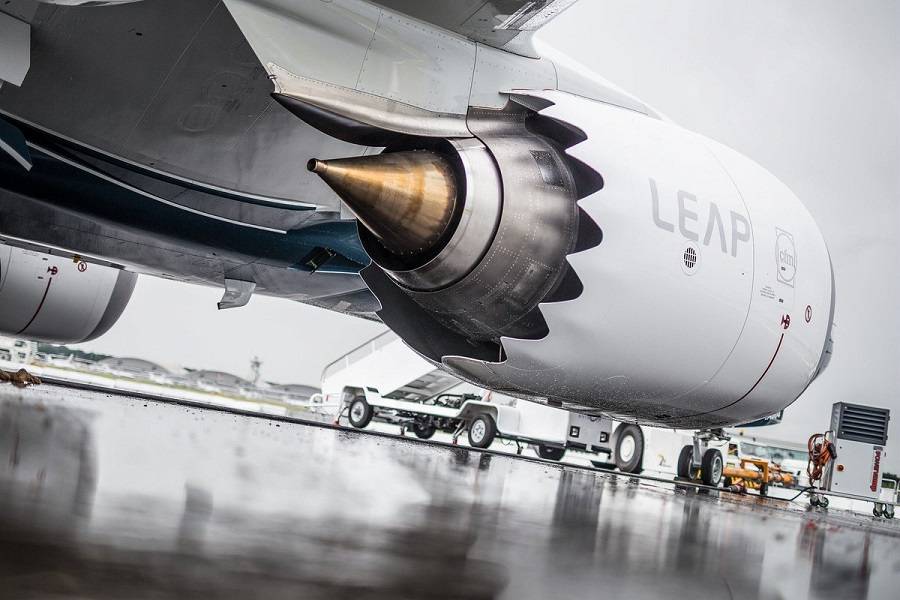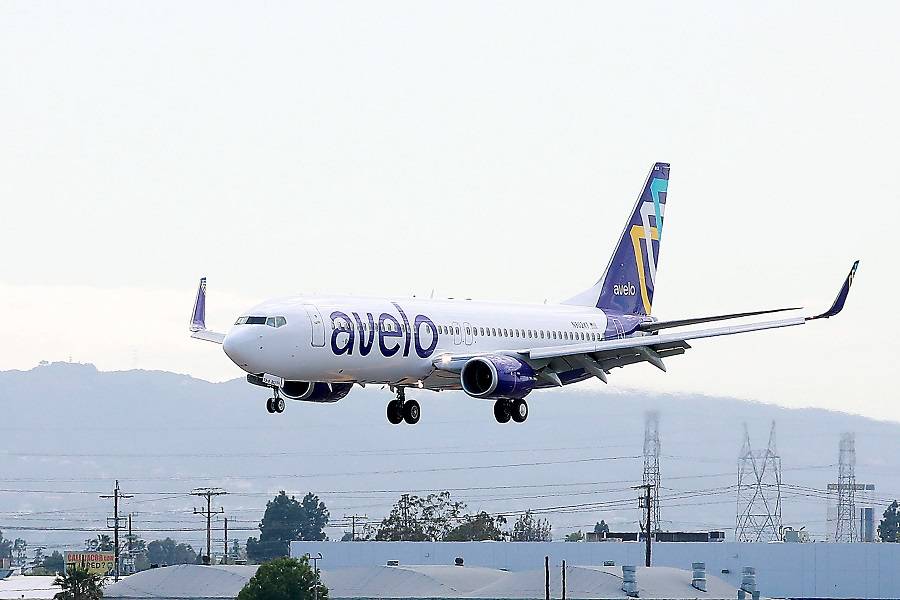Boeing stated that airlines can now find the necessary funds to buy new aircraft, as the crisis begins to wind down around the world.
Yesterday the manufacturer released the 2021 Current Aircraft Finance Market Outlook (CAFMO). Boeing did not release one in 2020, as the pandemic crisis at that stage made any kind of outlook meaningless. This year it’s back and while the effects of the pandemic are plain to see, they believe airlines can still finance new aircraft.

Funding volume in 2020 fell by approximately 40%, to $59 billion in the height of the crisis, according to Boeing. A big proportion of the drop comes from fewer available commercial bank loans. These normally account for a third of all funding. However, Boeing believes that airlines can still find sources of capital for their purchases, especially as the crisis ends. Capital market funding increased, partly making up for commercial banks.
It will be interesting to see if Airbus shares Boeing’s optimism, regarding the crisis and the airline’s financing sources. Boeing sites capital markets and new funding sources from institutional investors. We saw an example of this earlier, with Icelandic pension funds helping to start PLAY, as a successor to WOW. This suggests that the crisis awakened stakeholders in the industry, with no previous direct involvement in it.

More Post-Crisis Factors For Boeing’s Customers
The financial state of lessors could be a factor that both Boeing and Airbus will consider in the crisis. Some startups that we saw recently seem keen to lease slightly older aircraft, whose original users didn’t renew their leases. With quite a lot of aircraft still sitting idle in desert fields, it seems that airlines can find some interesting deals.
So overall, airlines will have to weigh this against the cost of purchasing/leasing newer jets. On the other hand, Boeing points out that “lessors executed a significant volume of sale-leaseback transactions” through the crisis. As a result, leased aircraft now make up 46% of the world’s fleet. This suggests that the effects of the crisis to lessors are not overwhelming.

Looking further into the future, the manufacturer believes that the world’s commercial fleet will reach 48,400 aircraft by 2039. Currently it is at 25,900. As for the immediate post-crisis future, Tim Myers, President of Boeing Capital Corporation, said:
“Financiers and investors understand the industry’s resilience and the long-term fundamentals that make aircraft a valuable asset class. Despite the unprecedented impacts of COVID-19 on the global aerospace industry, there generally continues to be liquidity in the market for our customers, and we expect it to further improve as travel begins to rebound.“
Boeing’s post-crisis financing report is HERE



